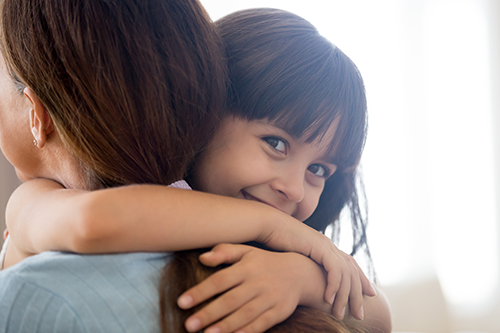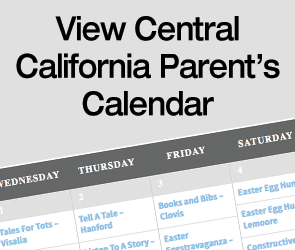Three Good Things: How To Start A Family Gratitude Practice

by Sara Barry
“Who has three good things?”
One of the kids jumps in. “Me! We got to go to the gym during indoor recess. Mom came into my class. Ice cream for dessert!”
We ask this question almost every night at dinner. We could also phrase the question, “What are you grateful for?”
Studies show that a gratitude practice can be life changing. Gratitude can lower blood pressure and anxiety, reduce aches and pains, and improve sleep. Feel like your kids get sick all the time? Gratitude has been shown to boost the immune system. People who practice gratitude tend to be more optimistic and experience more joy. And if you wish your kids would cooperate more, try a gratitude practice. People who are tuned in to gratitude tend to be more helpful and generous.
Focusing on gratitude doesn’t mean ignoring sadness, anger, grief, or struggles. Kids need to know that it’s OK to express negative feelings and challenges too. But learning to feel grateful even when things aren’t going well is powerful. As Brené Brown says, “It’s not joy the makes us grateful, it’s gratitude that makes us joyful.”
To take into account this fuller range of experiences, some families use the rose-thorn-bud practice. In this case, you share a positive, a challenge or disappointment, and a hope for the next day. The point is to acknowledge that we all have hard moments and good ones.
If you don’t already have a family gratitude practice, it’s easy to start. Ours began simply as a way to head off a pattern of complaints and grumbles (from kids and grown ups alike). Now it’s part of our routine.
Start Your Own Gratitude Practice
To start your own family gratitude practice, simply ask everyone to say three good things from their day (or a rose, thorn, and bud). Take turns sharing and listening to each other.
The good things can be anything—a favorite food for dinner or knowing there’s going to be dessert, a fun activity at school, seeing a friend, getting a compliment, finding something you lost, a relative coming home from the hospital.
Everyone should participate. Some days will be harder than others. If you need to, help each other think through the day. Were you really excited on the way to school? Did somebody do something nice for you? Was it your day for art? How did soccer go?
Some nights, the kids ask if they can say their three good things or argue over who gets to go first. Other nights, there is a long silence in response to the question.
Even on nights when our kids are slow to share three good things, part way through somebody else’s turn, we’ll hear, “Oh, I have another one.” As you get used to sharing gratitude, you find more of it.
Here are five other ways to practice gratitude with your family.
Speak Your Gratitude
If sitting down together for dinner is a challenge, look for other points in the day to speak your gratitude. Try making gratitude part of your bedtime routine. Or make it a habit to say three good things in the car on the way home at the end of the day. Take the lead to get the habit started, but once you’ve done it for a while, you may find your kids asking if they can say their three good things without prompting.
Keep a Family Gratitude Journal
Have you ever kept a gratitude journal? What if you kept one as a family? Create a ritual around writing in the gratitude journal. Have kids write something when they first get home from school, or ask a child to jot down family ideas while you cook dinner. The key is to make it a regular habit. Daily is ideal, but if you can’t do that, create a pattern that does work. For example, start each family meeting with a gratitude list or do a gratitude check in every Sunday night.
Make a Gratitude Jar
Some families write down what they are grateful for on small slips of paper and tuck them into a jar. At the end of the year, they pull them out and read through them. It’s a reminder of the many good things that happen throughout the year, the many moments when they felt thankful. Plus you get to feel good when the thing happens, when you write it down, and again when you read through them.
Create a Gratitude Wall
Do you have a chalkboard wall or a white board in your house? Use it to write something you are grateful for every day. Encourage all your family members to do the same. Help younger children write or let them draw a picture. Take a moment to look at the board to remind yourself of your own gratitude or to open to others’.
Text Your Thanks
You can even text three good things or quick moments of gratitude throughout the day with older kids. This shouldn’t replace face-to-face communication, but texting is a great tool to share positive thoughts on hectic days or when communicating is hard.
Developing a gratitude practice helps build resiliency and joy, which is great for our kids and for us. And in the moment, it just feels good to find something positive when you are having a grumpy, grumbly day.
Central California Parent is the #1 FREE parenting resource for Central Valley families.
Stay connected with Central California Parent throughout the month!
• Like Us on Facebook
• Follow Us on Instagram
• Follow Us on Pinterest
• Follow Us on Twitter
• Subscribe For our Family E-Newsletter
• Read Our Digital Edition
• Enter for our FREE Giveaways






